On the eve of the Moskvarium, at the age of 16, a male killer whale Nord died , the official cause of death in the capital's aquarium was called "acute peptic ulcer of the third part of the stomach." During the 8 years of the Moskvarium's existence, at least 18 animals died there, Nord's death was the 19th. At the same time, in the wild, killer whales are able to live from 50 to 90 years. In January 2023, after another death of a killer whale, animal rights activists from the Freedom for Killer Whales and Beluga whales coalition created a petition to ban the keeping of marine mammals in Moskvarium.
Sofya Belyaeva, an ecologist and director of the ANO Scientific and Practical Center for the Protection of Marine Mammals Ortsinus, said in a conversation with The Insider that veterinary specialists of such institutions can themselves perform autopsies and determine the method of disposal of corpses, so the truth about the death of animals may never be known. In her opinion, the owners of dolphinariums and oceanariums are clearly guilty of the death of animals, since the conditions of detention in their institutions do not meet the biological needs of marine mammals, which kills animals at a young age. At the same time, the recently adopted law on the ban on the capture of mammals does not really work.
“In the veterinary and sanitary rules for the collection, disposal and destruction of biological waste, it is established that the veterinary specialist determines the method of disposal of the corpse. To determine the method of disposal, the corpse can be examined, an autopsy can be performed. If the object is state property, then the state veterinary specialist should deal with the autopsy and determine the method of disposal of the corpse. In practice, this line is blurred. Owners, for example, of animals listed in the Red Book, which the state provides them with for use, consider such animals to be their property, but this is not so.
Thus, veterinarians of dolphinariums/circuses/zoos themselves can perform an autopsy and determine the method of disposal of the corpse. Their main task is to issue a veterinary certificate for the transportation of the corpse from the place of death of the animal to the place of disposal. Therefore, we will never know the truth, but I am inclined to believe the diagnosis made by the last dead killer whale in the Moskvarium, because I have repeatedly received information about the causes of the death of marine mammals in captivity. And these are, as a rule, necrosis, ulcers, intestinal torsion, pneumonia. The owners of dolphinariums / oceanariums are clearly guilty of the death of animals. They cannot accept that the conditions provided for keeping marine mammals do not correspond to the biological characteristics of animals. Such conditions kill animals at a young age.”

“Take, for example, a walrus, it sucks mollusks and other hydrobionts from the bottom, it is like a vacuum cleaner, but some manage to feed the walrus with chicken or one type of fish. Therefore, there are almost no walruses left in the dolphinariums. Plus, broken social ties, the lack of sun and the dynamics of the aquatic environment, an unusual microbial environment, a lifeless space compared to the teeming ocean – all this negatively affects the health of dolphins, killer whales, beluga whales and other pinnipeds.
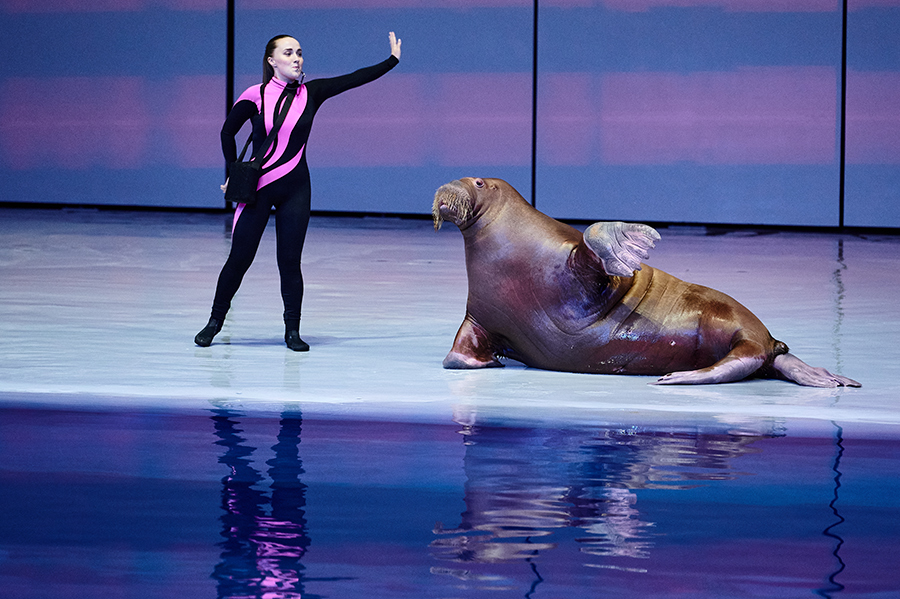
“The adopted law on the ban on the extraction of marine mammals is a sham, in fact there is no ban. Now think about what kind of “specialists” work in Moskvarium: their animals are dying and they do not understand the laws. Moskvarium also did not have permits to keep animals listed in the Red Book, in connection with which the prosecutor's office issued them a proposal in May to eliminate the violation. The bill “On Amendments to the Federal Law “On Fishing and Conservation of Aquatic Biological Resources” is aimed at banning the harvesting of marine mammals for cultural and educational purposes. However, in fact, this bill does not prohibit anything.
Objects of the animal world are divided into different categories, and each category has its own legislative provisions. Agricultural, domestic, rare and endangered, hunting, aquatic biological resources. The bill concerns only objects of the animal world that are classified as aquatic biological resources, which include rare and endangered species, they are included in the list of the Red Book of the Russian Federation.
In dolphinariums, both Black Sea bottlenose dolphins and killer whales are used – although they are included in the list of the Red Book of the Russian Federation and are classified as rare and endangered species of animals; Beluga whales, Pacific walruses, fur seals, sea lions, seals (depending on the subspecies) – for the most part they are not included in the list of the Red Book of Russia. The largest number of animals kept in captivity for exploitation in the show programs of zoo businessmen in the Russian Federation are marine mammals. Out of about 700 animals, 562 are marine mammals.”
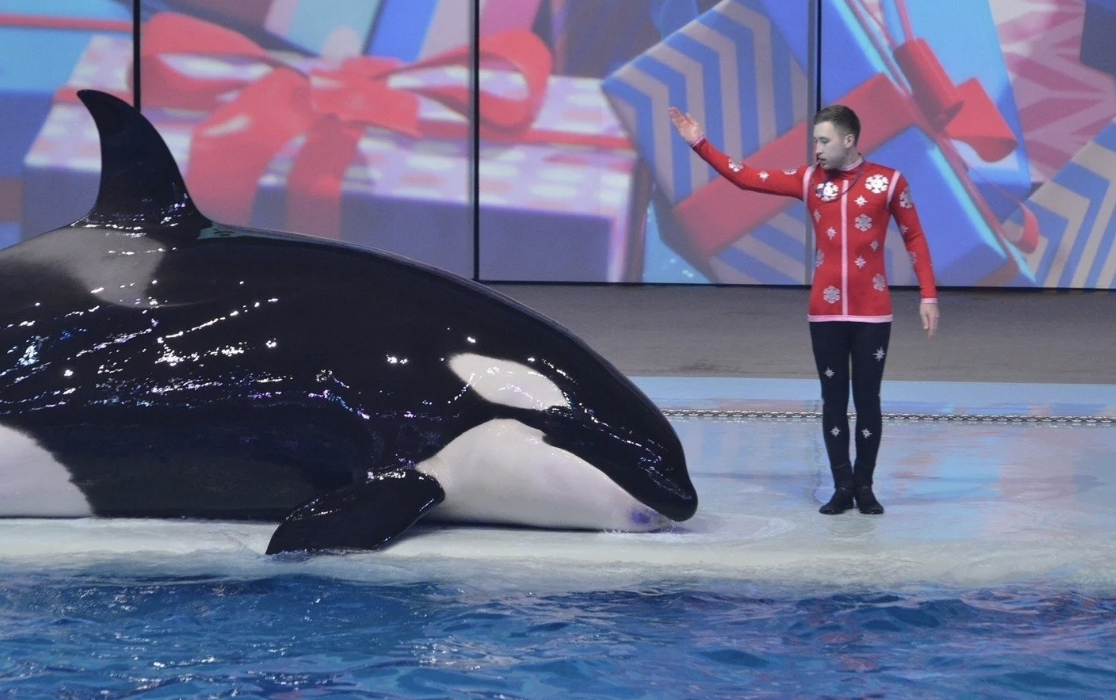
“The most sought-after species is the Black Sea bottlenose dolphin , but it is prohibited for production on the territory of the Russian Federation. Likewise, the carnivorous killer whale is prohibited from prey. The polar bear, which is also a marine mammal, is prohibited from hunting. In accordance with Article 24 of the Federal Law-52 on the animal world, the extraction of such animals is possible in exceptional cases. Exceptional cases are prescribed in Decree of the Government of the Russian Federation of December 24, 2008 N 1017 "On the extraction (catch) of rare and endangered species of aquatic biological resources."
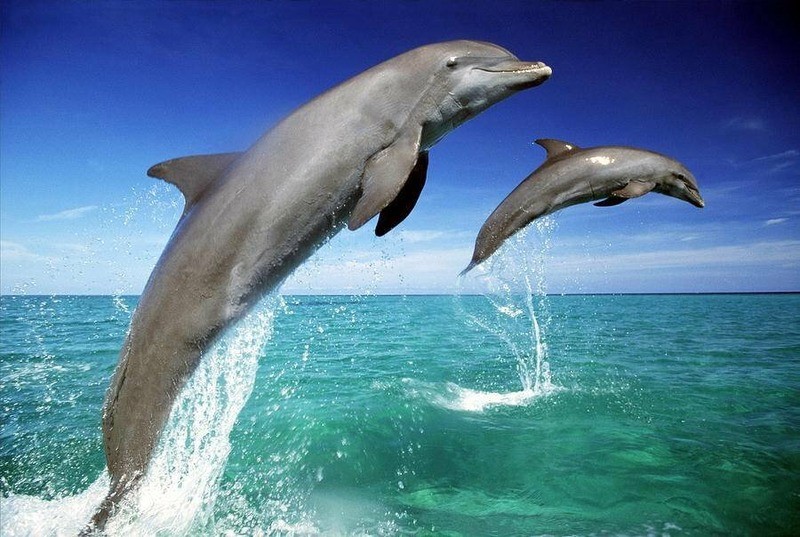
“Production (catch) of aquatic biological resources is allowed in exceptional cases in order to preserve aquatic biological resources, monitor the state of their populations, carry out their artificial reproduction or acclimatization, ensure the traditional way of life and traditional economic activities of the indigenous peoples of the North, Siberia and the Far East of the Russian Federation.
That is, the specified article of the law and the Government's decree clearly exclude the possibility of harvesting rare and endangered animals for the so-called "cultural and educational purposes." In fact, the bill prohibits what is already prohibited.
In particular, the draft law establishes: 3) to supplement Article 29 with the following content: “Article 29. Production (catch) of marine mammals 1. Production (catch) of marine mammals is allowed if fishing in relation to them is not prohibited or with this federal law. In other words, if an animal has the status of rare and endangered, then it cannot be mined, and if there is no such status, then it is possible.
Thus, in practice there is no ban, the proposed bill is a sham. Beluga whales and fish-eating killer whales, Pacific walruses, sea lions, fur seals, seals are in danger – they are not in demand, but they are also in danger. Accordingly, the government Commission will work on the basis of an administrative regulation or decree. It is in this legal act that they can establish powers, according to which: the commission will issue permits for the extraction of rare and endangered animals, and the abolition of procedures for the total allowable catch and public hearings. For example, in relation to marine mammals harvested for cultural and educational purposes, which are required when setting a quota for aquatic biological resources, and which include cetaceans and pinnipeds.

“This is quite possible, for example, in the legislation there is Article 26 of the Federal Law-52 on the animal world, in accordance with which a permit must be issued to keep an animal removed from its natural habitat, but not classified as rare and endangered animals (not included in list of the Red Data Book of Russia). However, there are regions that make exceptions to the administrative regulations for issuing permits for keeping animals in accordance with Article 26 of the Federal Law-52 on wildlife.
For example, in Moscow there is an administrative regulation for the provision of the public service of the city of Moscow "Issuance of permits for the maintenance and breeding of wildlife in semi-free conditions and artificially created habitat", approved by the Decree of the Government of Moscow dated September 30, 2021 N 1547-PP. In accordance with the resolution, exceptions were introduced that, in fact, cancel Art. 26 FZ-52 on the animal world. Because of such legislative introductions that repeal the effect of the main article 26 of the federal law, arbitrariness and arbitrariness occur, the illegal market for the circulation of wild animals and their derivatives grows.
Thus, we will come to the conclusion that the owners of dolphinariums will apply to the Basin Scientific and Fisheries Councils or territorial fishery councils with a request to catch animals, make appropriate financial incentives, and make proposals to the Government. The government will not figure out what's what, it also trusts "authoritative scientists", and the fact that there are corrupt scientists in the country who write the necessary conclusions and proposals for money will not bother anyone. Scientists are "authoritative". This is exactly what happened with the animals from the Whale Prison in Primorsky Krai. With the sale of killer whales, beluga whales, walruses and seals to China.”
Earlier in June, the State Duma immediately adopted in the second and third readings a law that provides for a ban on catching dolphins, beluga whales, killer whales and other marine mammals for educational and cultural purposes. The law enters into force on September 1, 2024, from this date fishing for educational and cultural and educational purposes in relation to marine mammals will be prohibited, except for cases of such a catch on the basis of a decision provided for by law “on granting marine mammals for use for fishing in educational and cultural and educational purposes. The decision on such cases will be made by a commission created by the Russian government. The composition of the commission and the procedure for its activities are approved by the Cabinet.
In 2018-2019, the media actively covered the story of the "whale prison" in the Black Sea.
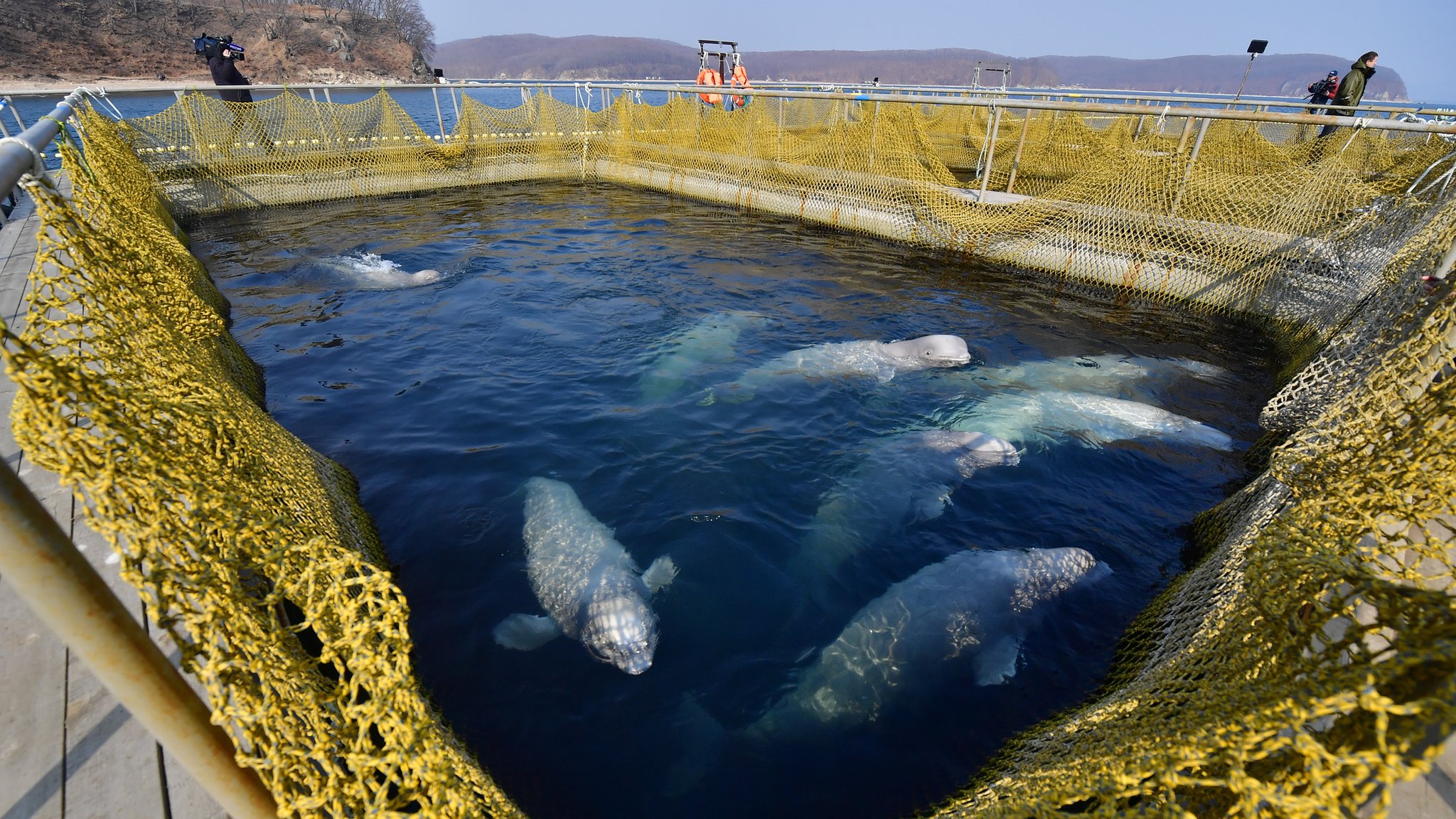
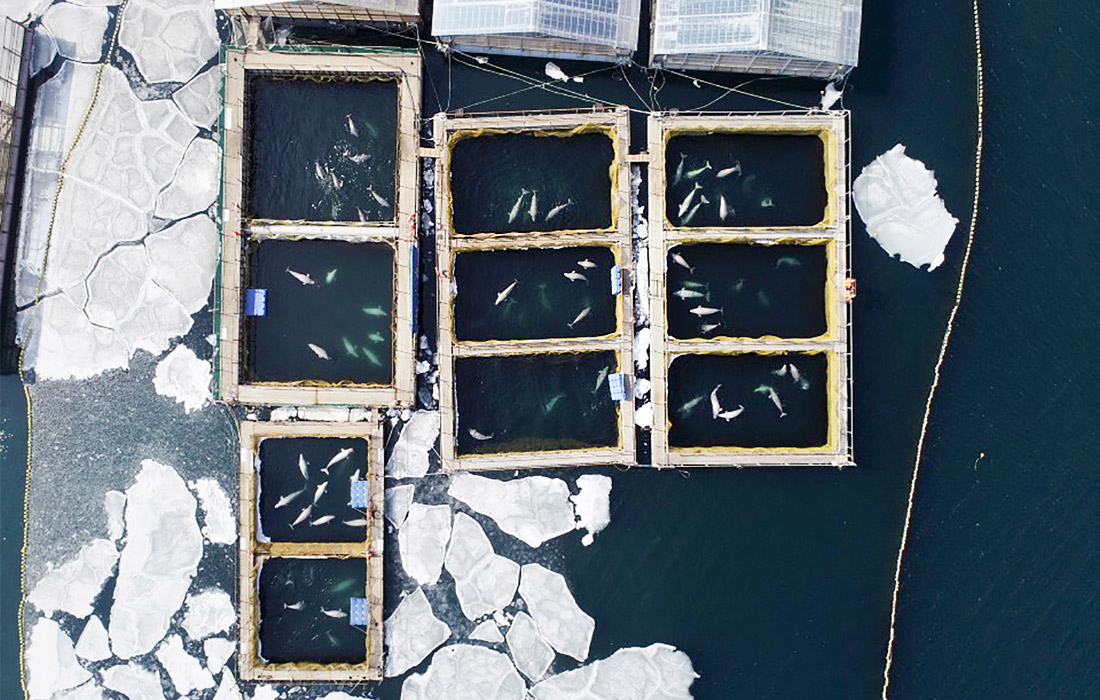
In 2018, about a hundred killer whales and beluga whales were caught in the Sea of Okhotsk for sale in Chinese aquariums and placed in the enclosures of Srednyaya Bay near the town of Nakhodka in Primorye, which was later called the “whale prison”. After the intervention of the public, the Prosecutor General's Office and the Investigative Committee, it turned out that the animals were caught with numerous violations of the law.
On June 24, a court in Vladivostok fined the Afalina company 28.1 million rubles for illegally capturing killer whales that are in the "whale prison" – this was the last trapper fined in this case. Earlier, the court fined three more companies in this case – Sochi Dolphinarium LLC for 37.6 million rubles, Oceanarium DV for 56.4 million rubles and Bely Kit LLC for 28 million rubles. In the "whale prison" in Srednyaya Bay, 11 killer whales and 90 belugas were kept. On June 20, during a “straight line” with Vladimir Putin, they began to be taken out to the Sea of Okhotsk to be released at the place of capture. The head of the Sakhalin Environment Watch, Dmitry Lisitsyn, told The Insider that the amount of fines that the court ordered to pay are greatly underestimated, and the way the animals are transported puts them at risk, while the companies that caught killer whales will receive large sums of money from the state for their transportation.


